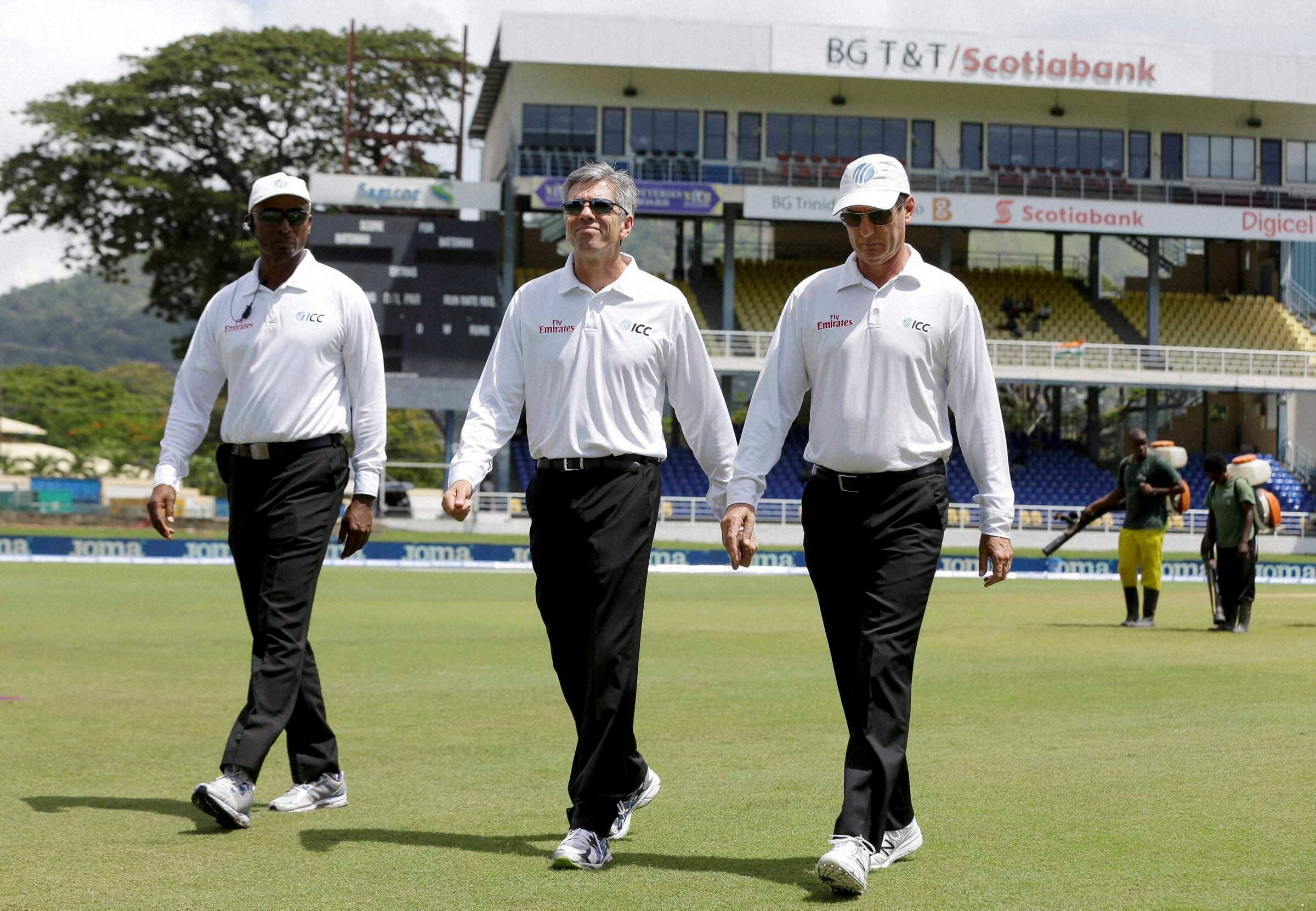One of the great charms of cricket is that despite our natural desire to control it, the game is blessed with a plethora of subjective elements.
For example, was that last delivery a wide? What side of the coin should I choose? Did the bowler really run into the protected zone? How many slips do I need? Who should bowl next? What should the batting order be?
All of these minor pieces of anarchy create a narrative that is unlike any other.
Central to controlling the chaos has been the umpire. The use past tense is deliberate, because their role is no longer more than that of a glorified hat rack.
This week, it was announced that in the England vs Pakistan ODI series, the on-field umpires will be banned from calling no balls. Instead they will wear a buzzer that presumably gives an electric shock, inflicting pain should the 3rd umpire see a no ball on replay.

Once upon a time the on-field umpires were the arbiters of laws. Their judgement was fallible, but we accepted the humanness of it as an essential part of the game.
Take for instance the LBW law. It has many elements of it that are subjective. Sure, whether the ball pitched in line or not could be argued as fact. But everything still boils down to the opinion of the umpire. Was there an edge? Did it hit in line? Was he playing a shot? But most importantly, would the ball have travelled on to hit the stumps?
No one knows the answer to that last one. But we trusted the umpire’s experience and impartiality to provide us an acceptable answer.
However, those days are gone.
Now we trust a computer program that runs something called a complex algorithm. It sounds more like a disease that a solution. We have asked assumed that pieces of silicon wired together with strands of copper are better at guessing the future flight of a ball than an umpire. Even though neither can be ever proved right.
Like a chapter from George Orwell’s “1984”, the ICC want us to believe that the computer and it’s programmed logic is perfect. We should submit to its truth bombs. The umpires are still free to make decisions, but the computer’s decisions are more equal than others. Well, that is if the hosting Board has the requisite funds to afford it.
And credit here to the Indians, who have rejected most of this DRS nonsense altogether.
Not only does this pathway devalue the role of the on field umpire even more, but it now disadvantages the batsman. His ability to react to the no ball call has been stolen away. All because of this technology addiction.
It is stripping away the humanity that is crucial to the game’s make up. It is making us a slave to “rock ‘n roll”, something called “Snicko” and frame by frame analysis.
However, cricket’s soul wasn’t built on perfection. It was instead a culmination of instincts and gut feels and efforts that were piled up over time, put under the enormous pressure of the public eye and formed a brilliant sparkling diamond.
The way the LBW law was administered on the field wasn’t broken. Run out were not broken. No balls are not broken. Yes, mistakes happen, but mistakes are an important part of the framework. Cricket isn’t meant to be perfect. It is just a game. It is not a constitutional court.
So let’s wish the ICC all the best in its efforts to turn umpires into poor versions of Robocop. It’s a stupid cause that like all stupid causes, will result in stupid outcomes. Much like voting for Donald Trump.

















